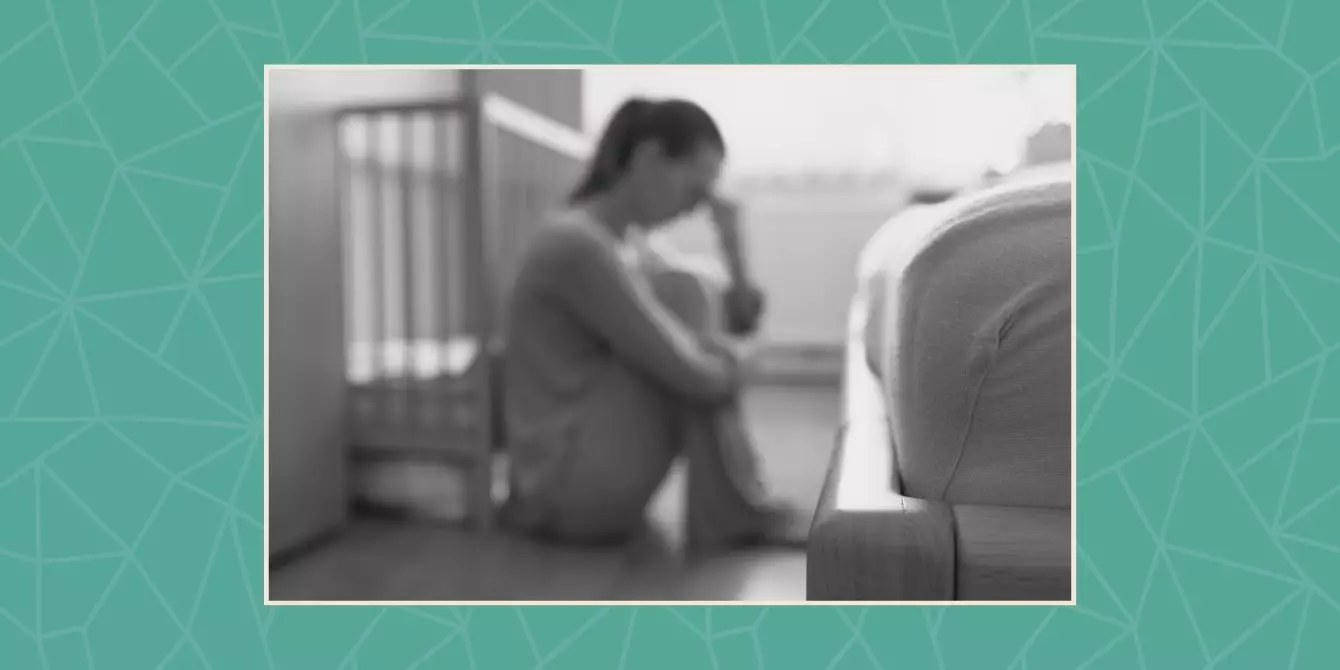In recent years, the United States has witnessed significant improvements in infant health, resulting in a 24% decrease in overall infant mortality rates from 1999 to 2022. This progress can be attributed to remarkable advances in obstetric care, neonatal health practices, and effective preterm labor prevention methods. However, new findings published in JAMA Pediatrics indicate a troubling reversal in one domain of infant mortality: the rise of sudden unexpected infant deaths (SUID). Between 2020 and 2022, SUID rates surged by nearly 12%, presenting a stark warning that demands immediate attention.
SUID encompasses a range of fatal incidents, including sudden infant death syndrome (SIDS), accidental suffocation, and deaths from unknown causes, all affecting otherwise healthy infants under one year old. The increase in these deaths not only highlights a troubling trend but also raises critical questions about the underlying causes. Researchers affiliated with Virginia Commonwealth University have begun to explore these emerging issues, indicating that they extend far beyond mere parental knowledge about safe sleeping environments.
While it might seem intuitive to tackle the rising SUID rates through enhanced education and awareness campaigns, many parents are already familiar with safe sleep guidelines. Unfortunately, the challenges they face in implementing these guidelines can be overwhelming. Much of the dialogue surrounding SUID has focused on where babies sleep—be it cribs, bassinets, or more hazardous locations like couches and adult beds. Yet the study from VCU emphasizes that a myriad of social and environmental factors complicate the situation.
Among the factors suggested by lead researcher Dr. Elizabeth Wolf, the ongoing impact of the COVID-19 pandemic and the widespread issue of parental opioid use are significant contributors to the surge in SUID cases. Additionally, the unsupervised sharing of images on social media can perpetuate unsafe sleep practices, as parents may be influenced by viral trends that normalize risky sleep situations. A study highlights that a startling 86% of infant sleep photos examined in a Facebook moms’ group depicted setups that did not align with American Academy of Pediatrics (AAP) recommendations, illustrating how misinformation can spread quickly in the digital age.
Glancing at the data reveals that Black infants are nearly ten times more likely to succumb to SUID compared to their Asian counterparts, while American Indian and Alaska Native infants are observed to have rates approximately 9.6 times higher than Asian infants. Although this study brings attention to these disparities, it stops short of pinpointing root causes. Greater scrutiny is needed to expose and understand the systemic inequities that contribute to these alarming statistics.
Issues such as lack of access to healthcare, socioeconomic stressors, and inadequate maternal support play significant roles in determining the safety of infant sleep environments. The absence of guaranteed paid maternity leave in the U.S. compounds the issue, forcing many parents into employment shortly after childbirth, often leading to sleep-deprived caregivers resorting to unsafe practices when caring for their infants. The exhausted state of a parent who must work multiple jobs can lead to instances where recommendations—like avoiding bed-sharing—are unintentionally disregarded.
The elevated rates of SUID signify more than individual parenting failures; they are indicative of a broken system that does not provide adequate support to families in need. Public health advocates assert that simply educating parents cannot remedy the complexities introduced by economic hardship, healthcare access disparities, and the barrage of misleading marketing surrounding unsafe infant sleep products. Although recent legislation, such as the Safe Sleep for Babies Act, has banned certain hazardous products, many unsafe items remain on the market, confusing parents about what constitutes a safe sleep environment.
Comprehensive solutions, therefore, must include systemic reforms tailored to support parents, particularly those from marginalized communities. Solutions such as enforcing stronger regulations against misleading products, expanding healthcare access, and instituting paid family leave could dramatically reduce SUID rates. Moreover, facilitating access to safe sleep education through regular pediatric visits would help ensure that all families have the tools they need to keep their infants safe.
While the responsibility to mitigate SUID risks ultimately falls on parents, it is crucial that this responsibility is shared among policymakers, healthcare providers, and community advocates. The dialogue surrounding safe sleep must pivot from asking why parents struggle to adhere to guidelines to exploring what systemic changes are necessary to enable all parents to provide safe sleeping arrangements for their baby.
The challenge of increasing SUID rates is not insurmountable if addressed holistically. Each infant deserves a safe place to sleep, and every parent deserves the support to ensure that safety. As a society, we must recognize that reducing SUID deaths is not just a matter of parental education but a demand for comprehensive change that prioritizes the well-being of families across all demographics.

